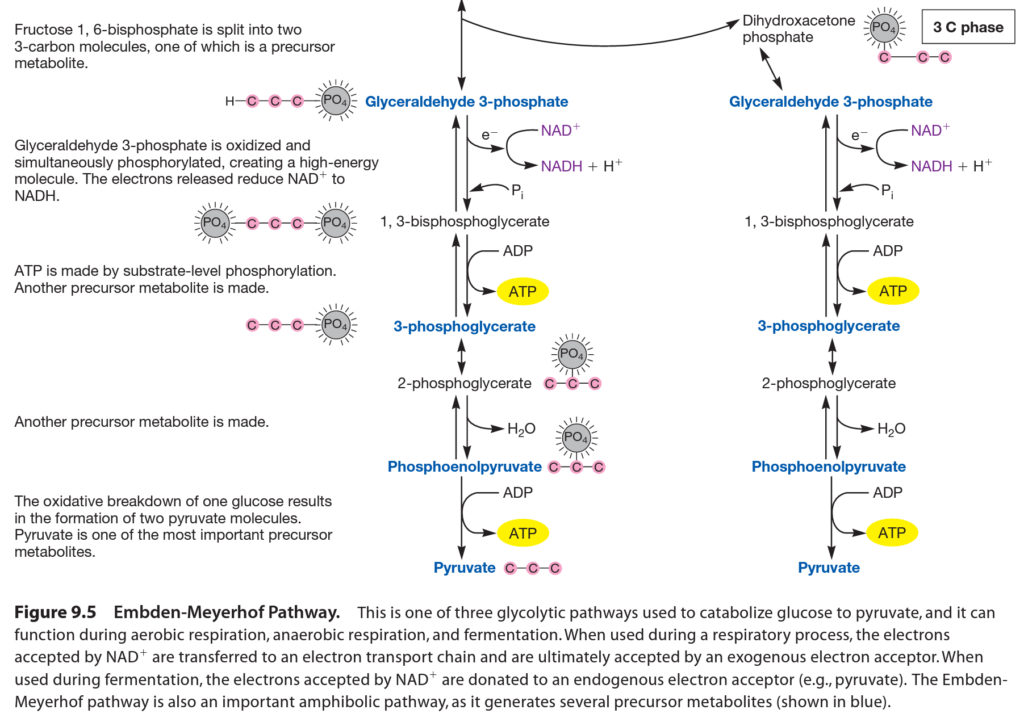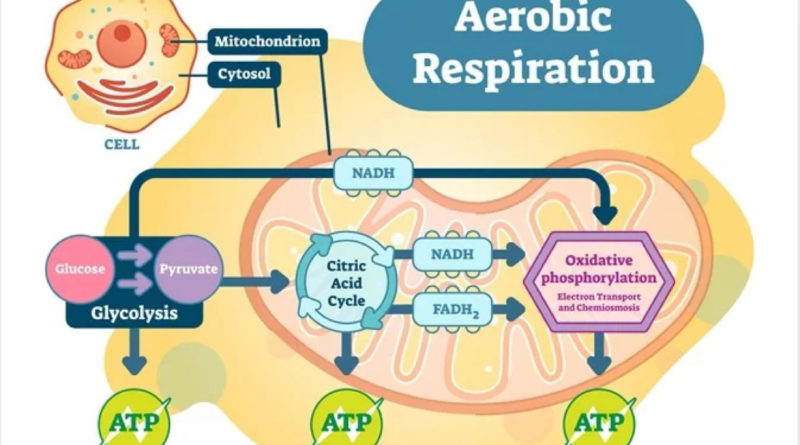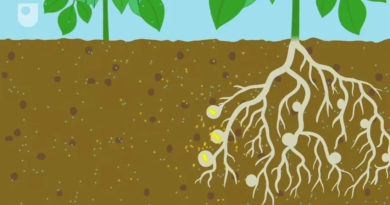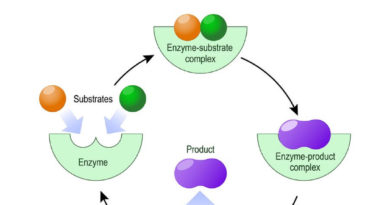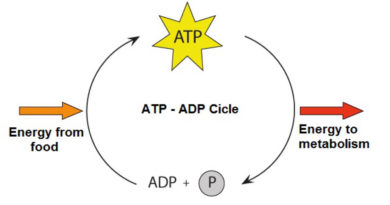Glycolysis: The Breakdown Of Glucose To Pyruvate
There are several metabolic pathways have been identified in microorganisms, to catabolize glucose and other sugars. Because of this metabolic diversity, microorganisms metabolism is often confusing.
The way in which microorganisms degrade sugars to pyruvate and similar intermediates are introduced by focusing on only three routes: (1) the Embden – Meyerhof pathway, (2) the pentose phosphate pathway, and (3) the Entner – Doudoroff pathway.
These three pathways will be referred to collectively as glycolytic pathways or as glycolysis. However, the term glycolysis is often reserved for use in reference only to the Embden – Meyerhof pathway.
The Embden – Meyerhof Pathway
The Embden – Meyerhof Pathway is the most common pathway for glucose degradation to pyruvate in stage two of aerobic respiration. It is found in all major groups of microorganisms and functions in the presence or absence of O2. It is also an important amphibolic pathway and provides several precursor metabolites. The Embden – Meyerhof pathway occurs in the cytoplasmic matrix of procaryotes and eukaryotes.

